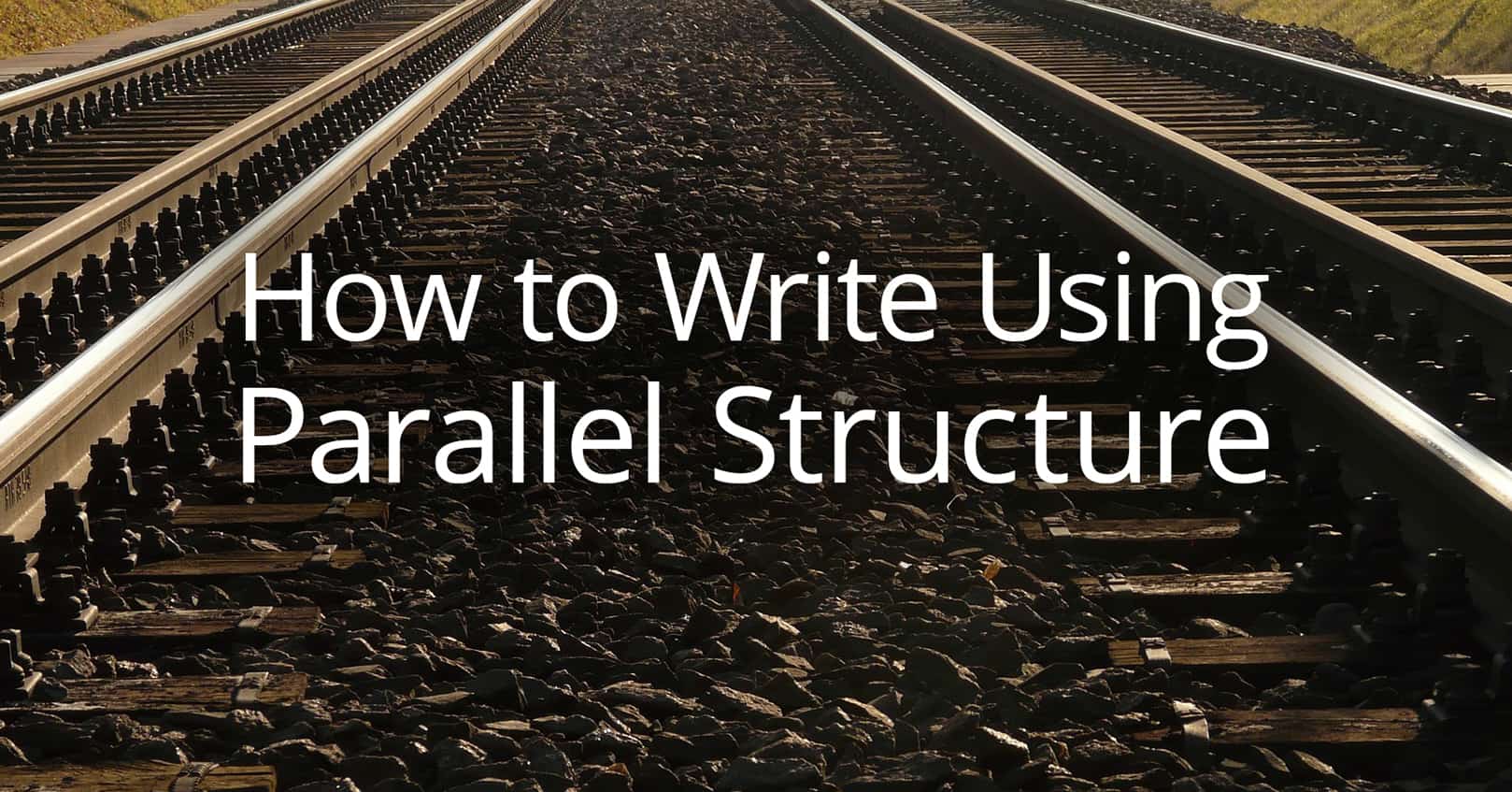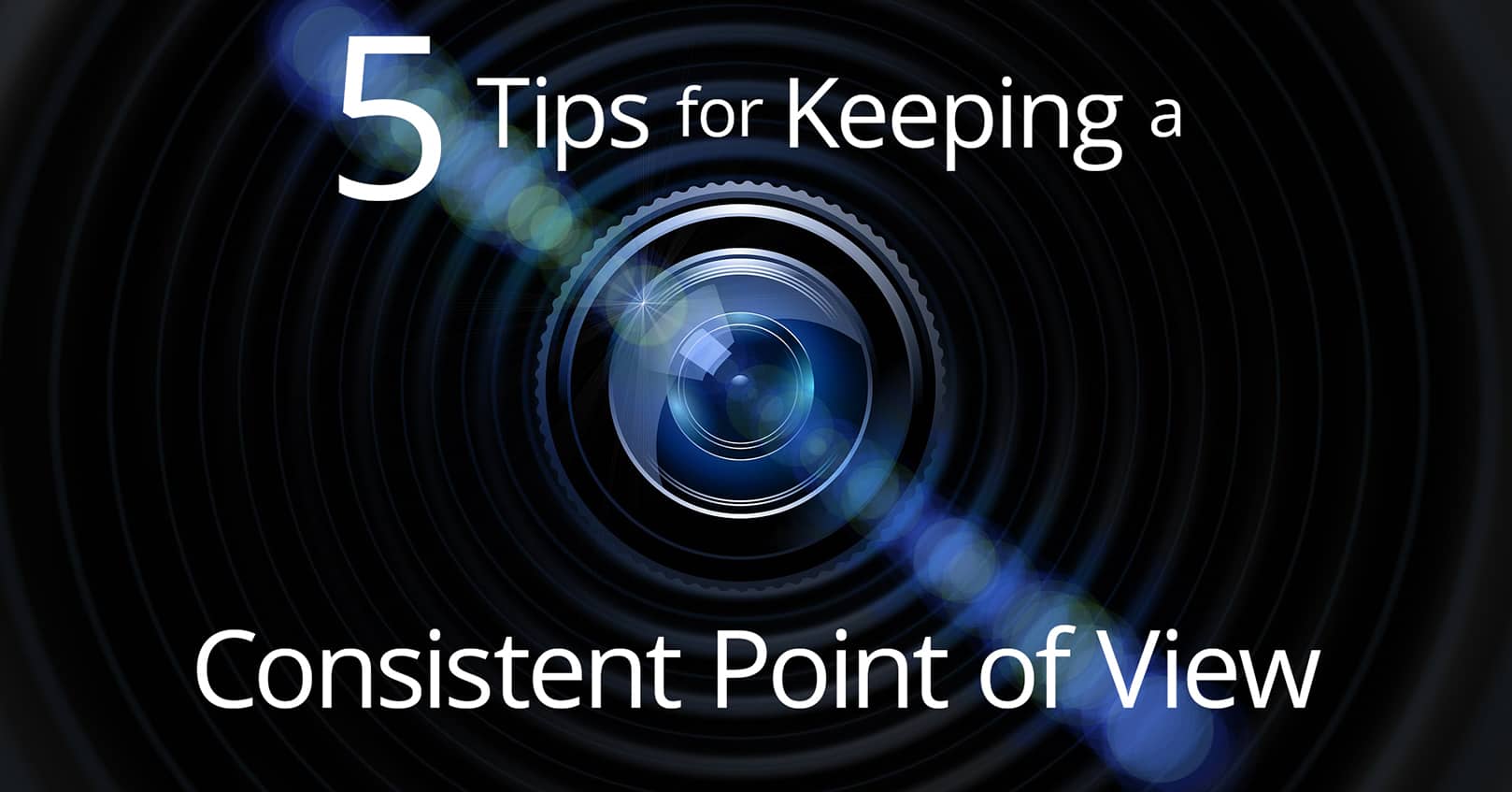
Authors often struggle with how to write using parallel structure. This structure is necessary to make sentences readable, and using it will make your writing better. Here is a quick rundown on parallel structure and how not to confuse your reader.
Verbs and Parallel Structure
When you write a list of phrases, the verb that appears first must apply to all of the phrases (unless each list item has its own verb). A new verb cannot be added in just, say, the third phrase, but we see that happen a lot.
Incorrect: She decided she would work on the chores, the yard work, and bake some cookies.
The phrase, “would work on” is being applied to both the first and second list item, so it also applies to the third item. In other words, this sentence is saying “She decided she would work on bake some cookies.”
You can fix this construction by adding a verb on the second list item:
Correct: She decided she would do the chores, work in the yard, and bake some cookies.
You can also fix it by combining the first two list items into one phrase and breaking the third list item into a separate clause.
Correct: She decided she would work on the chores and the yard work, and bake some cookies.
Prepositions and Parallel Structure
Just like with a verb, a preposition that starts a list must apply to all of the list items, unless all the list items have their own preposition.
Incorrect: I searched for my phone in the bathroom, the car, and under the bed. (“I searched for my phone in under the bed” doesn’t make sense!)
To fix this, add missing prepositions to the other list items, or break out the third list item into its own sentence.
Correct: I searched for my phone in the bathroom, in the car, and under the bed.
Correct: I searched for my phone in the bathroom and in the car. I even searched under the bed.
Correlative Conjunctions and Parallel Structure
Correlative conjunctions include neither/nor, either/or, not only/but also, both/and, if/then, as/so, and more. For phrases created with correlative conjunctions, if the verb or preposition comes before the conjunction, it applies to both phrases. If it comes after the first correlative conjunction, then it only applies to the first phrase.
Incorrect: I need to either buy some cookies or else to make them myself. (The words “need to” come before “either,” so they already apply to both phrases and neither of them should be repeated in the second phrase.)
Correct: I need to either buy some cookies or else make them myself.
Correct: I need either to buy some cookies or else to make them myself. (Note that the word “to” come after the “either” here, so it only applies to the first phase.)
Correct: I either need to buy some cookies or else need to make them myself.
Incorrect: He drank not only all the juice but also left the table early. (The word “drank” comes before “not only,” so it applies to both phrases, but “he drank left the table early” does not make sense).
Correct: He not only drank all the juice but also left the table early.
Incorrect: I neither want to go to the store nor make dinner.
Correct: I neither want to go to the store nor want to make dinner.
Correct: I want to neither go to the store nor make dinner.
We see parallel structure done incorrectly in novels all the time. Readers may not be able to pinpoint exactly why the sentence sounds strange to them, but nonparallel sentences do make them pause and interrupts the flow of the story. So be sure to double-check parallel structure!
Let us know in the comments below if you have any questions on how to write using parallel structure.
















Comments